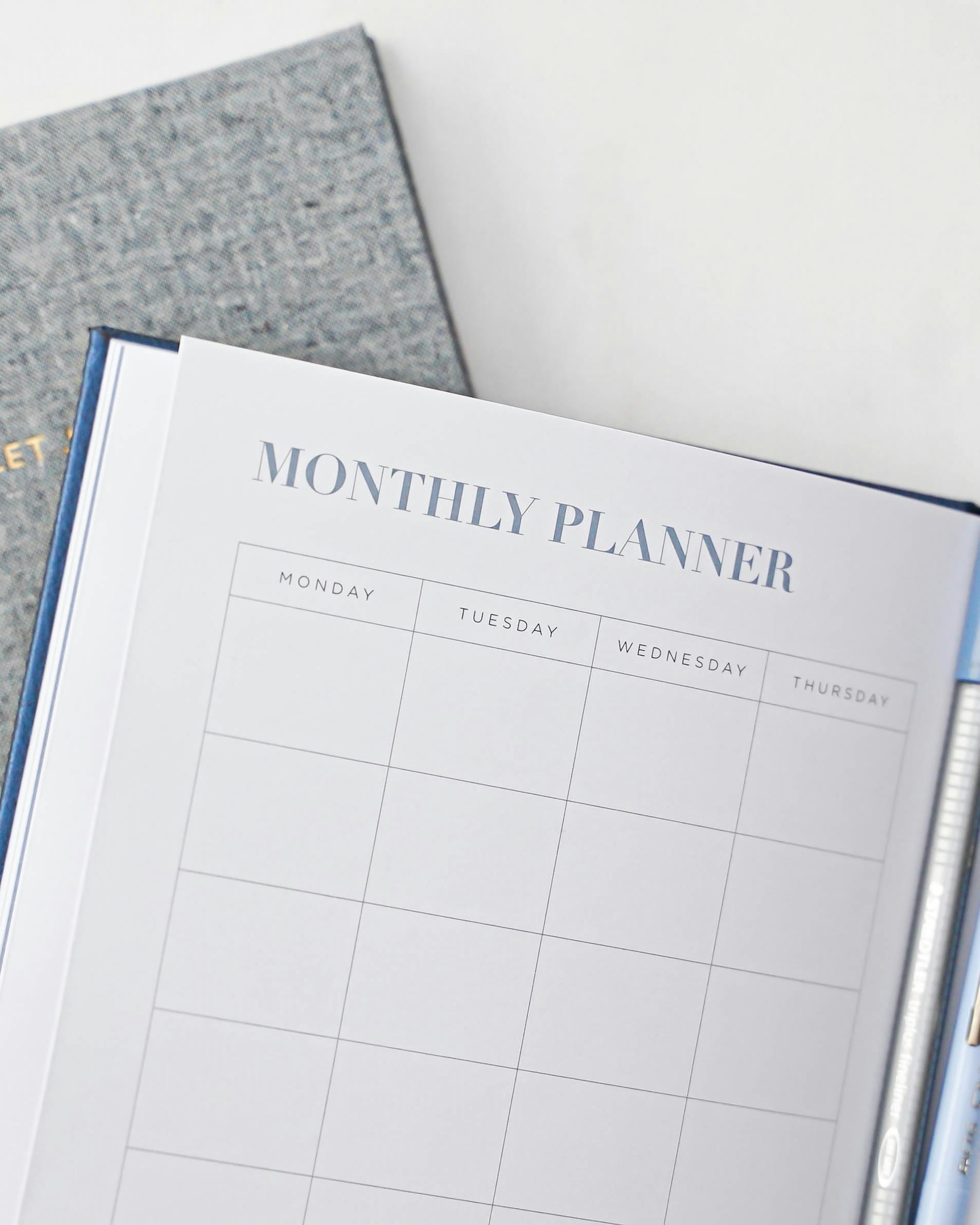Unlocking the Athleisure Lifestyle: 2025 Fashion Trends and Practical Style Integration

Photo by Jon Matthews on Unsplash
Introduction: The Rise of Athleisure as a Lifestyle
In 2025, the athleisure movement continues to redefine the boundaries between sportswear, casual attire, and daily living. No longer just a fleeting trend, athleisure has become a staple of modern wardrobes, reflecting a cultural shift toward comfort, versatility, and self-expression. This article explores the most influential athleisure fashion trends, practical guidance for integrating them into your lifestyle, and the broader impact on fashion and daily routines. Whether you’re a fitness enthusiast, a remote worker, or simply seeking a stylish, functional wardrobe, understanding these developments will help you make informed, actionable choices.
Section 1: Key Athleisure Trends Shaping 2025
The athleisure sector is advancing rapidly, with brands embracing creativity and innovation to meet evolving consumer demands. The following trends are transforming both the aesthetics and performance of activewear:
Sustainable and Eco-Friendly Fabrics
Environmental awareness is at the forefront of fashion. Athleisure brands are prioritizing sustainable materials such as recycled polyester, organic cotton, and biodegradable textiles. This shift isn’t just a marketing strategy-it’s a response to consumer demand for responsible manufacturing and eco-conscious choices. When shopping for athleisure, you can look for brands that clearly label their sustainable materials and seek third-party certifications like Global Organic Textile Standard (GOTS) or OEKO-TEX®. [1]

Photo by matthew reyes on Unsplash
Implementation: To find sustainable options, visit official brand websites or search for “sustainable athleisure brands” through established fashion media sites. Many brands now have sustainability sections outlining their materials and practices. For a more personalized approach, consider local boutiques specializing in eco-friendly fashion.
Smart and High-Tech Activewear
The integration of technology in activewear is revolutionizing how we dress and move. From moisture-wicking fabrics that regulate temperature to garments incorporating sensors for fitness tracking, smart clothing is increasingly accessible. Some brands offer activewear with embedded features like UV protection or antimicrobial finishes, appealing to both athletes and everyday consumers. [2]
Implementation: Research specific product lines on official brand sites, and review customer testimonials or third-party reviews for real-world feedback. When considering tech-integrated clothing, read product guides to ensure compatibility with your devices, and consult retailers for return or exchange policies if new to wearable technology.
Adaptable, Multi-Functional Styles
Modern athleisure is about more than gym wear-it’s designed for seamless transitions between activities. Wear-anywhere styles include joggers, hoodies, and leggings that look as good at brunch as they do in the gym. Adjustable features, stretch panels, and tailored fits cater to diverse body types, making athleisure inclusive and practical. [3]
Implementation: Look for pieces described as “day-to-night” or “gym-to-street” in product listings. Try mixing classic staples (like a blazer) with technical fabrics for a contemporary look. Local department stores and specialty retailers often showcase these versatile pieces in seasonal collections.
Retro and Statement Designs
Nostalgia reigns with throwback-inspired pieces, such as 80s micro shorts and 70s tank tops. Bright colors, bold prints, and vintage silhouettes are gaining momentum, appealing to consumers who value both function and flair. [5]
Implementation: For retro athleisure, browse vintage collections from established sports brands or seek out capsules from fashion retailers collaborating with athletic labels. Authenticity is key; check that collections are officially endorsed by the brand or sold through reputable channels.
Section 2: Athleisure as a Lifestyle-Who’s Wearing It and Why
The popularity of athleisure spans generations and demographics. Contrary to common belief, millennials and Gen X are leading adopters, wearing athleisure weekly for its comfort, versatility, and self-expression. Gen Z and baby boomers are also represented, though to a lesser extent. [3]
Athleisure is valued for its ability to blend with daily routines-whether working remotely, running errands, or socializing. Women, in particular, are driving demand for performance-ready fabrics that pair with lifestyle fashion, seeking outfits that transition effortlessly from virtual meetings to social gatherings. [4]
Practical Guidance: To identify athleisure pieces that fit your lifestyle, assess your daily schedule and prioritize garments offering both comfort and adaptability. Mixing and matching tops, bottoms, and accessories from athleisure collections can help you build a wardrobe that works for multiple settings.
Section 3: Practical Steps to Integrate Athleisure Trends
Adopting the athleisure lifestyle involves more than buying new clothes. Consider the following step-by-step process:
- Evaluate Your Needs: Identify your primary activities-are you most active during work, social events, or fitness routines? List the environments you frequent (office, gym, home) to guide your selections.
- Prioritize Comfort and Fit: Look for adjustable features (waistbands, stretch fabrics) and inclusively sized options. Brands are increasingly transparent about their sizing charts-consult these before purchasing.
- Research Sustainable and Tech-forward Brands: Search for official sustainability statements and technology integration guides on brand websites. Avoid third-party sellers when seeking guarantees on material or tech claims.
- Mix and Match: Experiment by combining athleisure with traditional pieces-pair leggings with a long coat, or wear a performance tee under a blazer. This creates a sophisticated yet comfortable wardrobe.
- Care and Maintenance: Follow washing and care instructions to maintain fabric integrity, especially with technical and eco-friendly materials.
Alternative Approaches: If you’re budget-conscious or sustainability-focused, consider second-hand or upcycled athleisure from local thrift stores or online resale platforms. Community markets and swap events may offer unique, gently used options.
Section 4: Overcoming Challenges in Athleisure Adoption
While athleisure’s appeal is broad, some challenges remain. Fit can vary widely between brands, and not all technical features work as advertised. To mitigate these issues:
- Try Before You Buy: When possible, visit physical stores to test fit and comfort. For online shopping, check return policies and customer reviews.
- Verify Sustainability Claims: Look for certifications and transparent reporting on official brand websites. Avoid relying solely on marketing language or unverified claims.
- Balance Style and Function: Not every athleisure item is suitable for every occasion. Invest in a few versatile pieces and gradually build your collection based on need.
Guidance: If you have specific needs (e.g., plus sizes, adaptive wear), search for “inclusive athleisure brands” and filter by your requirements. Reach out to customer service teams for advice or clarification before purchasing.
Section 5: The Future of Athleisure-Opportunities and Outlook
The global athleisure market is projected to surpass $660 billion by 2030, reflecting sustained demand and innovation. [4] Brands are investing in research and development, with ongoing improvements in fabric technology, ethical sourcing, and cross-generational marketing. Social media and digital communities play a vital role in shaping trends, with platforms like TikTok and Instagram driving real-time feedback and discovery. [3]
Actionable Steps: To stay ahead of new releases, follow official brand channels, subscribe to newsletters, and participate in community events (both online and in person). For direct brand engagement, use verified contact forms or customer service hotlines listed on company websites.
For those interested in the business or design side of athleisure, consider exploring industry reports from market research firms or joining professional associations in the activewear sector. These resources offer insights into manufacturing trends, consumer preferences, and regulatory developments.
References
- Tack Apparel (2025). Top 7 Sportswear Trends in 2025 | Stay Stylish & Active.
- FittDesign (2025). 2025 Activewear trends.
- GWI (2025). Athleisure trends: Where comfort meets style in 2025.
- Glance AI (2025). Athleisure Wear for Women | 2025 Trend & Styling Guide.
- Women’s Health (2025). 5 must-try activewear trends for summer 2025.



